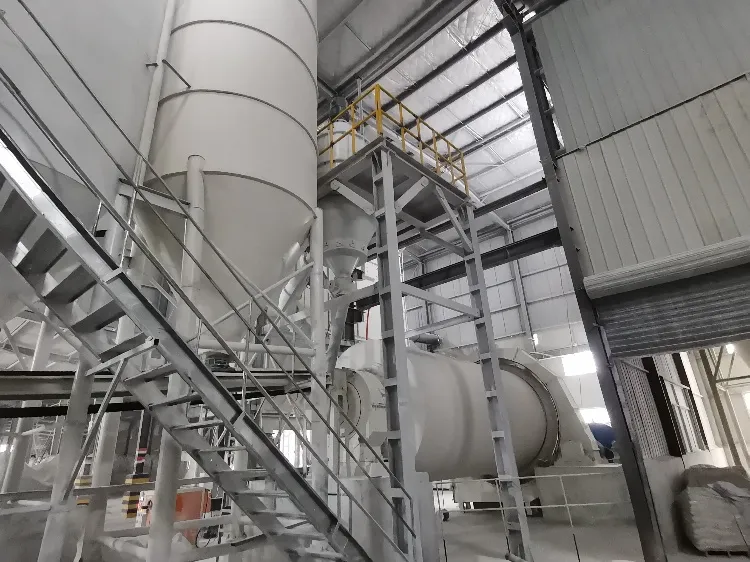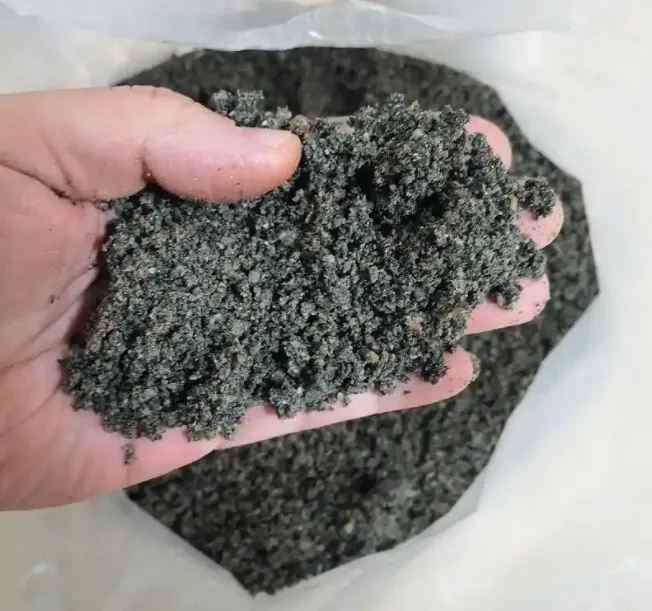With the continuous advancement of industrialization, the amount of solid waste generated has been increasing year by year. Effectively treating this waste and reducing environmental pollution has become a pressing issue in today’s society. Solid waste treatment not only concerns environmental protection but also plays a crucial role in resource recycling. Among various treatment technologies, ball milling has gained significant attention due to its unique advantages in material size reduction and performance enhancement. 볼 밀링 for solid waste treatment is an effective method for reducing waste 입자 크기 and improving material reactivity. It helps break down industrial by-products like slag and fly ash, making them easier to recycle and repurpose. The process also aids in separating valuable materials from mining tailings and construction debris, turning waste into usable resources. Ball milling is a cost-efficient, eco-friendly solution that supports the circular economy by promoting the resource recovery and reuse of solid waste.

Disadvantages of Traditional Treatment Methods
Landfilling: Landfilling requires vast land areas, which are becoming scarce. It also causes soil and water pollution. Additionally, methane emissions contribute to climate change.
Incineration: Incineration reduces waste volume but creates toxic substances like dioxins. If not controlled, it can harm air quality and health. The construction and operating costs are high.
Principles and Features of Ball Milling Technology
Working Principle of Ball Milling 기술
Ball milling uses grinding media inside a rotating drum to crush and refine solid waste. The grinding media impact, grind, and stir the materials, reducing their size. The forces include impact, grinding, and friction. These forces break down large particles and further refine them to the desired size.
Features of Ball Milling 기술
- Efficient Crushing: Ball mills reduce particle size in a short time. Hard waste materials can be reduced to micron or nano scale for better resource recovery.
- Improved Material Properties: Ball milling alters the particle size and crystal structure. It increases material reactivity, making it easier to recycle.
- Simple Equipment and Easy Operation: Ball mills are easy to operate and maintain. They occupy little space and are flexible, with adjustable parameters like speed and grinding media.
Applications of Ball Milling Technology in Solid Waste Treatment
Industrial Waste Treatment

- Steel Slag Treatment: Ball milling refines steel slag, enabling iron recovery through magnetic separation. It also allows the use of steel slag as a cement additive.
- Fly Ash Treatment: Ball milling improves the reactivity of fly ash, making it suitable for building materials. It can be used in aerated concrete blocks, enhancing strength and insulation.
- Tailings Treatment: Ball milling helps extract valuable minerals from mining tailings. It increases recovery rates and allows tailings to be used for construction materials like sand.
Urban Solid Waste Treatment
- Municipal Solid Waste: Ball milling breaks down recyclables like metals and plastics. It can also accelerate composting by destroying organic waste structures, producing high-quality fertilizer.
- Construction Waste: Ball milling processes construction debris into recycled aggregates. These can be used to make recycled concrete or bricks, improving their quality.
Challenges and Solutions in the Application of Ball Milling Technology
Although ball milling for solid waste has great potential, it also faces challenges such as high energy consumption and equipment wear.
에너지 소비
- Optimize mill design with energy-efficient motors.
- Choose appropriate grinding media based on waste properties.
- Use intelligent control systems to adjust parameters in real-time.
Equipment Wear
Solid waste materials cause wear on mill components. To reduce wear:
- Use wear-resistant materials for key parts.
- Add lubricants to reduce friction.
- Regularly maintain and replace worn components.
econdary Pollution Risks
Ball milling may generate dust, carrying harmful substances into the air. To prevent secondary pollution:
- Install dust collection systems like bag filters.
- Add dust suppressants to reduce dust generation.
결론
Ball milling technology has broad prospects in solid waste treatment. It will evolve towards higher efficiency, energy savings, and environmental friendliness. Combining ball milling with other technologies, like biotechnology and nanotechnology, will enable deeper resource utilization. Big data and AI will further optimize the process, improving stability and reliability. Ball milling can become a key solution for solid waste issues, driving the development of a circular economy and contributing to sustainable development goals.
에픽파우더
에픽 파우더는 초미립자 분말 산업 분야에서 20년 이상의 경력을 보유하고 있습니다. 초미립자 분말의 파쇄, 분쇄, 분급 및 개질 공정에 중점을 두고 초미립자 분말의 미래 개발을 적극적으로 추진하고 있습니다. 무료 상담 및 맞춤형 솔루션을 원하시면 지금 바로 문의하세요! 저희 전문가 팀은 고품질 제품과 서비스를 제공하여 고객의 분말 가공 가치를 극대화하기 위해 최선을 다하고 있습니다. 에픽 파우더 - 믿을 수 있는 분말 가공 전문가!
